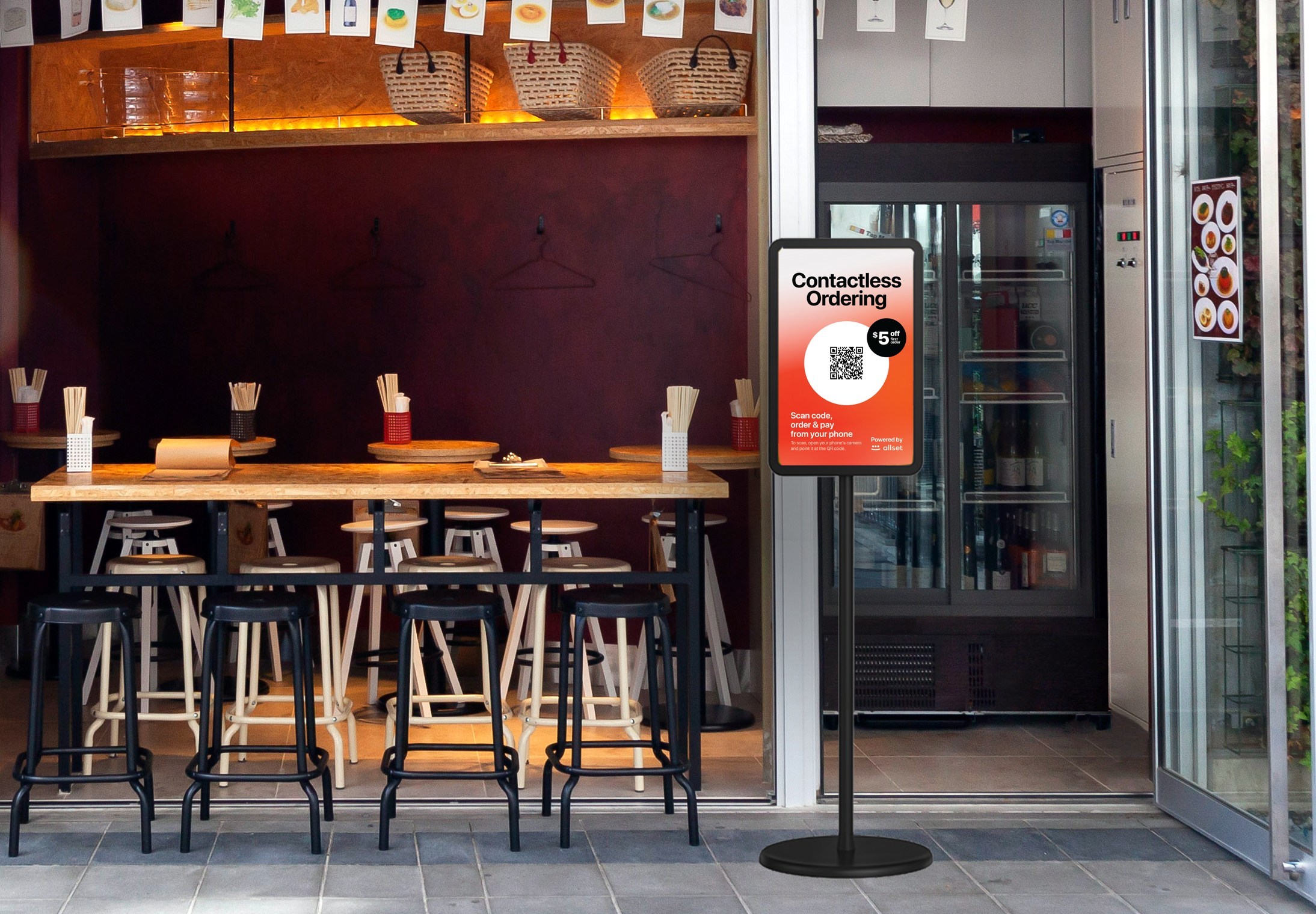The Digitization of the Consumer
Over the past year or so, COVID-19 has been an unfortunate blight on peoples' lives in almost every way but one - technological improvement. In March of 2020, when the pandemic was declared by the World Health Organization, the world seemed to come to a halt. Businesses closed their physical locations, schools closed their classrooms, and people stopped seeing each other. That is to say, they stopped seeing each other in-person.
Goods & Services
With the cessation of in-person activities, everything was transitioned online - work, school, social lives, play. With the adjustments we had to make, the virtual world had to adjust. The sudden increase in demand for virtual services lead to an acceleration in digitization. Perhaps the quickest to rise to the challenge, were businesses - according to a study shown in an article by McKinsey & Company, the percentage of digital goods and services globally (as compared to physical) jumped from 35% in December of 2019 to 55% in July 2020. 2 Comparatively, the percentage of digital goods and services in May of 2018 was a mere 28%. 2
Everyday Life
Innovation and progression of technology didn't just happen on the corporate scale, however. Everyday folks began adapting to the new-found isolation by re-learning how to connect with one another in a multitude of ways. In school, teachers and librarians learned how to use apps, videochatting tools, and other "odds and ends" to connect with their students. In some schools, Google Forms became virtual escape rooms, used to entertain their students while combining much needed socialization with problem solving and reading comprehension. 3 Media makers like actors and artists found new tools to create - zoom episodes, facetime photoshots, TikTok shorts all found their way into the homes of people across the world. 3
Honorable Mentions
Apart from these large-spread technologies in society, small, seemingly almost insignificant improvements occured as well. Before the pandemic, heart rate monitoring in wearble technology was only available in flagship models. With the ability to check oxygenation being more important, this feature was made more accessable to other wearables. 4 With the increased need for privacy, contact-tracing, another health-specific technology, saw massive improvements to functionality and methodology. 4 Of course, an honorable mention is the development of the mRNA methodology for vaccine development, making the Moderna and Pfizer vaccines possible, while potentially revolutionizing the way we devlop vaccines altogether.
Looking to a Post-COVID World
Though COVID-19 is far-removed from the birth of the digital world, it certainly has become a major catalyst in its continued growth. This pandemic has triggered major changes, both good and bad in the world and between ourselves. We've had to completely re-learn much of our places in the world and how we function within those places. While we may wish for these changes to our world to be undone, they are permanent. At the very least, we have gained new understandings and ways of connecting. So, maybe in the future we can continue to innovate and evolve in the few good ways COVID has pushed us.
